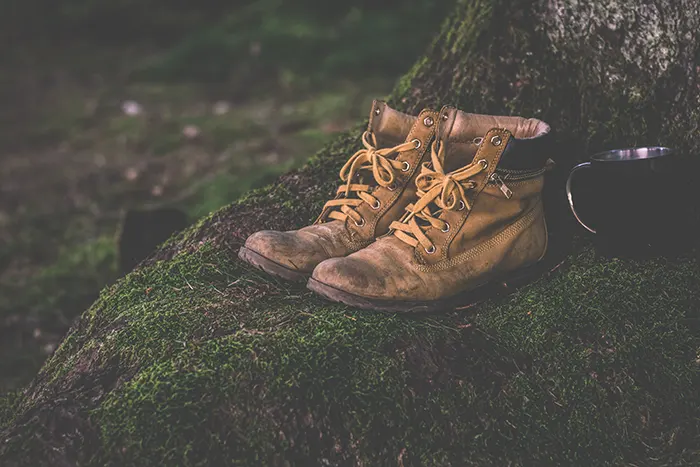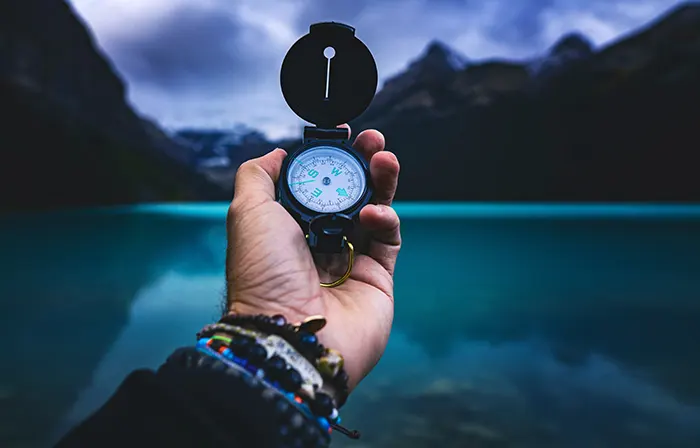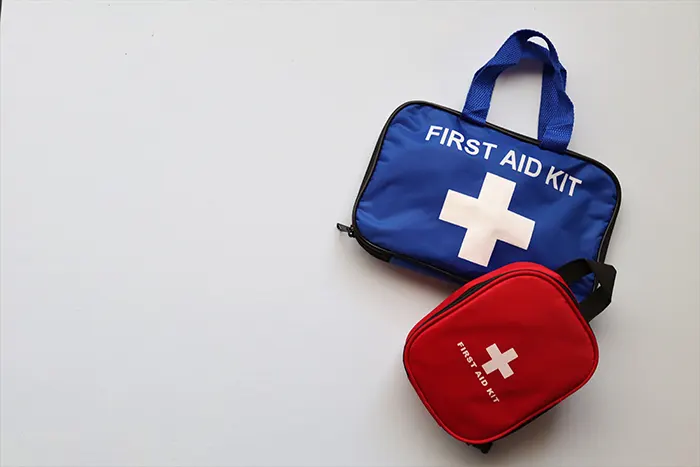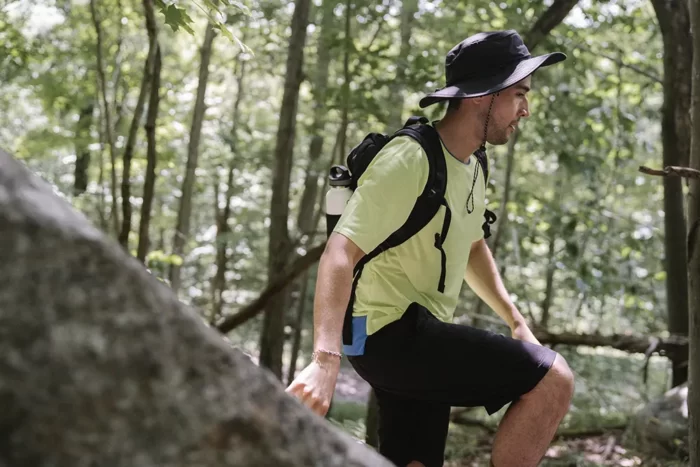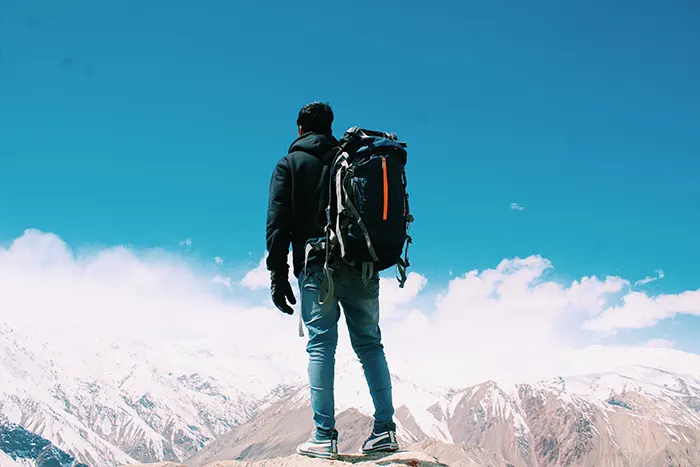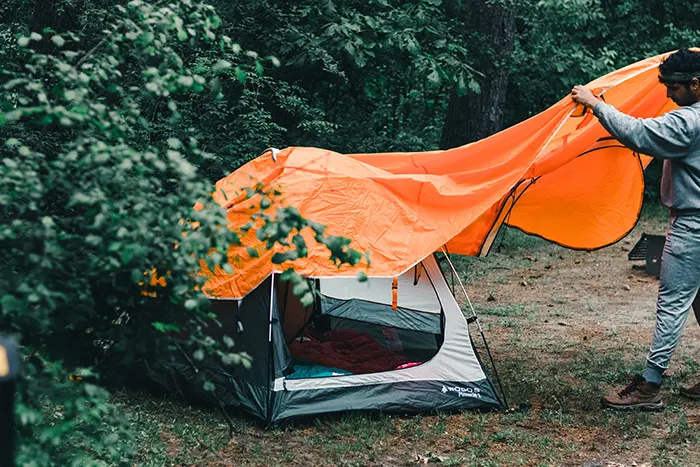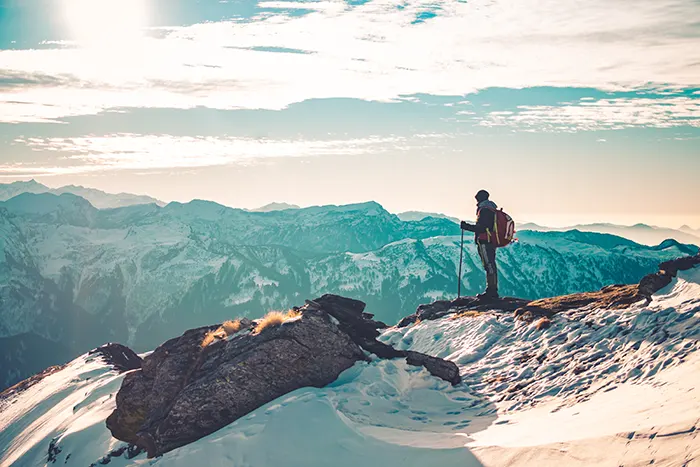Hiking Essentials Checklist
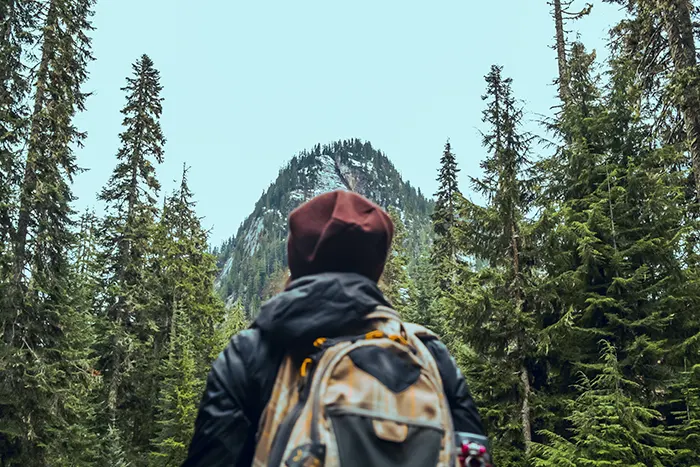
We are using affiliate links and may receive a small commission on purchases at no extra cost to you.
To ensure an enjoyable and safe hike, it’s important to remember to bring the hiking essentials and be prepared for any situation or emergency.
Seasoned and beginner hikers alike can use a reminder once in a while, even I after years of hiking still forget some important hiking gear.
In this article, I will go over the hiking essentials to prepare you for your next hiking adventure.
Hiking Boots \ Hiking Shoes
Hiking boots are the number one hiking essential and can make or break your hike.
Hiking shoes and boots provide a lot of comfort, safety and support while hiking and the right shoes can make all the difference.
When you choose your hiking shoes, you want to first know on what terrain you might be hiking, as different terrains require different shoes.
While hiking on well-maintained trails, then hiking shoes should be enough, while hiking or climbing uneven and rugged terrain, it is recommended to pack a pair of hiking boots or mountaineering boots as they offer feet and ankle support and protection.
Your hiking footwear should be too tight or too loose, before going on a multi day hike it is recommended to walk around in your shoes and get comfy in them.
What I usually do is pack my old shoes too, just in case, it saved me countless times from uncomfortable new shoes.
You should wear your new shoes around the house and walk until they mold to your feet, this is extra prevalent with boots because they’re made of tougher, more durable materials.
Always pack a pair of waterproof boots, rain can be unexpected, the terrain may be wet sometimes, or you can stumble across an occasional river or puddle, you never know when you’ll need them.
Navigation
The most important skill a hiker needs to have, it involves using different tools and techniques to find the path.
Depending on your level of hiking experience, you might need to use some extra navigation tools.
It’s important to carry around a map of the trail you are hiking on, and also a GPS device or compass.
A GPS device and a compass helps you determine the direction you’re headed, a map can help you track your progress and know where you are.
Today, a GPS device is super advanced and can substitute all the other navigation accessories such as a map or a compass, it’s also not costly, which is great for advanced and beginner hikers alike.
You should constantly be aware of where you are and where you’re going, not having navigation can lead to a dangerous situation in which you are lost and in need of rescue.
Water
Bringing a water bottle seems like a no-brainer, but you’ll be stunned by how many people actually forget to bring one with them from time to time.
I always bring double the amount of water in case someone forgets or my hike gets prolonged by choice or an emergency.
The way you carry the water may differ, and some hikers prefer a hydration reservoir instead of carrying a water bottle.
Dehydration will cause dizziness and headaches and may put you in danger of getting seriously hurt or fainting, drink water even if not first, especially on day hikes when the sun is out and scorching.
I’ve seen plenty of people fall ill to dehydration on day hikes, and since then, I’ve made sure to remind everyone once in a while to get their bottles out and drink plenty of water.
On some trails, there are refilling spots, so make sure to check online but still bring extra in case the refill spots may be broken or not working.
Food
Bring food is a no-brainer, but just like with water, I’ve seen hikers forgetting to bring enough food.
When packing food, you want to consider a few factors to get the right amount of food.
You want to consider how long your hike will be, if it’s just for a few hours, then a few energy bars may be enough, but for longer hikes you’ll want to pack enough food for a few meals.
Protein bars are great because they’re lightweight and provide with a lot of energy, you want to avoid bulky foods or heavy ones that will take a lot of space in your backpack.
Personally, I like to pack nuts, just easy and fun to eat, can be used as a meal or a snack as they’re high in protein.
Just like water, I pack extra food just in case of an emergency or a hiking member forgetting to bring enough.
First Aid Kit
Hiking first aid kit is probably the most essential hiking gear you can have, it may save a life!
Your first aid kit should be stored in a waterproof, well zipped container to avoid moisture and getting your kit ruined.
Consider which items to include in your first aid kit based on the length of the hike, if you’re going to be hiking for a long time, you should add stuff like a space blanket for an unplanned night, an emergency whistle or a splint, if not, then a basic first aid kit should suffice.
Packing a first aid kit is just the beginning, you also want to know how to use it, don’t take this part lightly, I highly recommend you familiarize yourself with the contents of the kit, you can also check online about every individual item and how to use it correctly and effectively.
Sun Protection
A critical hiking essential is sun protection, especially if you plan to day hike on a sunny day.
There are a few things you can do to protect yourself from harmful UV rays:
Wearing Sunscreen
A high SPF sunscreen should be part of every hiker hiking gear, apply every 2 hours if you sweat a lot or swim.
You can also get SPF lip balm to protect your lips.
Sun Protective Clothing
There’s clothing specifically designed to protect you from the sun, look for clothes that have a UPF rating.
Hat
Another important item for your hiking gear, a hat can save lives, so many hikers faint due to the extreme heat of the sun, especially in the summer, so make sure to bring a hat to your day hike and protect yourself.
Sunglasses
Protect your eyes from the sun and get yourself a good pair of sunglasses, they don’t cost much, get yourself ones that have 100% UV protection.
Extra Clothing \ Hiking Gear
Choosing a comfortable outfit will make a huge difference, but getting it right is pretty hard. Here are a few tips you can use.
Dress in layers
When hiking, the temperature can fluctuate based on how high you climb, when the sun goes down or when it starts raining out of the blue.
Dressing in layers will help you be ready for any scenario, instead of wearing a hot hoodie or long sleeve t shirt, I like to wear a short-sleeved t shirt under everything, so in case it gets too hot I can always resort to my t shirt.
It’s also true for socks. For example, even if it’s cold and most hikers wear hot wool socks to stay warm, I prefer to wear 2 pairs of not very thick socks, so if warmer weather comes I can always take a pair of and be comfortable.
Rain Gear
In case of potential rain, it’s important to pack rain gear like a rain jacket, waterproof boots, backpack covers, rain pack cover and colder weather items like wool socks and warm blankets.
Stay warm and dry with rain hiking gear, don’t take any chances, especially if there’s a chance for rain.
Get yourself hiking pants and a shirt that will dry quickly in case of rain.
What clothes to take is a question mostly influenced by the weather conditions, with cold weather you’ll need to allocate more space in your backpack, while in warm weather you can pack lightly.
Backpack
It’s hard to forget a hiking backpack because you’re probably going to use it to pack all your hiking gear. The reason I’m putting it in the hiking packing list is because it should be a good backpack!
If you’re not happy with your backpack, it’s time to upgrade, ask yourself if you can fit everything you need in it, is it comfortable, is it durable, will it last on your next hike?
It’s crucial to have a good backpack that can fit all your outdoor gear and be comfortable.
Emergency Shelter
Emergency shelter can save your life and should always be taken with you, it can be as small and lightweight as a space blanket or big like a tent, but always pack a sleeping bag.
If you get lost, injured or caught in a storm, emergency shelter will be crucial. You should carry it even if you’re sure you won’t need it, better safe than sorry.
Trekking Poles
Trekking poles can be super useful, especially when you’re going on steep hikes.
Trekking poles improve balance and stability, absorbing shock and reducing the impact on your joints.
With trekking poles, you will be able to hike longer without getting tired.
They can also be used for a variety of purposes, like checking the depth of water, fending off different animals or helping in the setup of a shelter.
Hiking poles should be a part of every hikers’ day hiking gear.
Additional Hiking Essential Items
Some items that didn’t make the day hiking essentials list but should also be considered when going on a hike!
Repair Kit
Stuff like duct tape, sewing kit, multi tool, fire starter and more can be useful in certain situations to repair your clothing and hiking gear.
Bear Spray \ Bug Spray
If the trails you’re hiking have bears, then a bear spray is a must, safety is above all and it can save your life.
Bug spray may also repent unwanted insects and make your hike more pleasurable without worrying about getting bitten.
Cell Phone
Sometimes emergencies happen, it’s best to have at least 1 cell phone, just in case you’ll need to call the authorities or family.
Toilet Paper
I’ve seen plenty of hikers forget toilet paper, comes in super handy on hikes whether you need to go to the bathroom or just clean off something.
In Summary
Having a checklist is important for every hiker, this ten essentials list will help you get the maximum value out of your next hiking trip and help you stay safe while doing it.
I’ve gone over the most essential hiking gear to take on a day hike and the importance of every item.
This day hiking checklist has been servicing me for the last few years, and every time before hitting the hiking trails I take a brief look at the list and make sure I got everything.
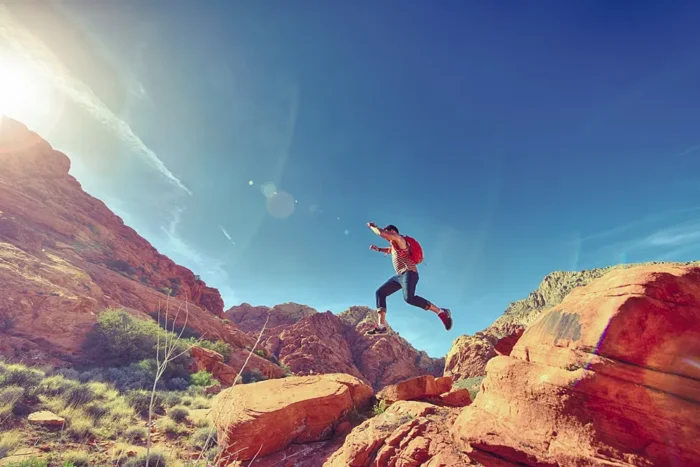
How Long to Hike 10 Miles?
When you're planning to go on a hike, you most likely look at the…
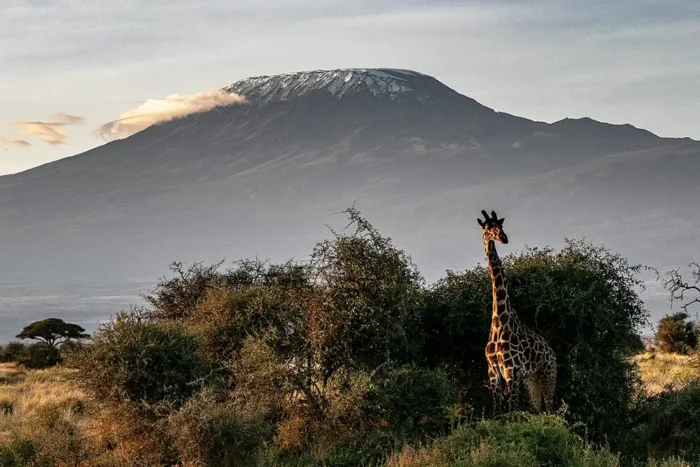
How Hard Is It To Hike Kilimanjaro
Reaching the highest peak throughout Africa, Mount Kilimanjaro can justly be referred to as…
